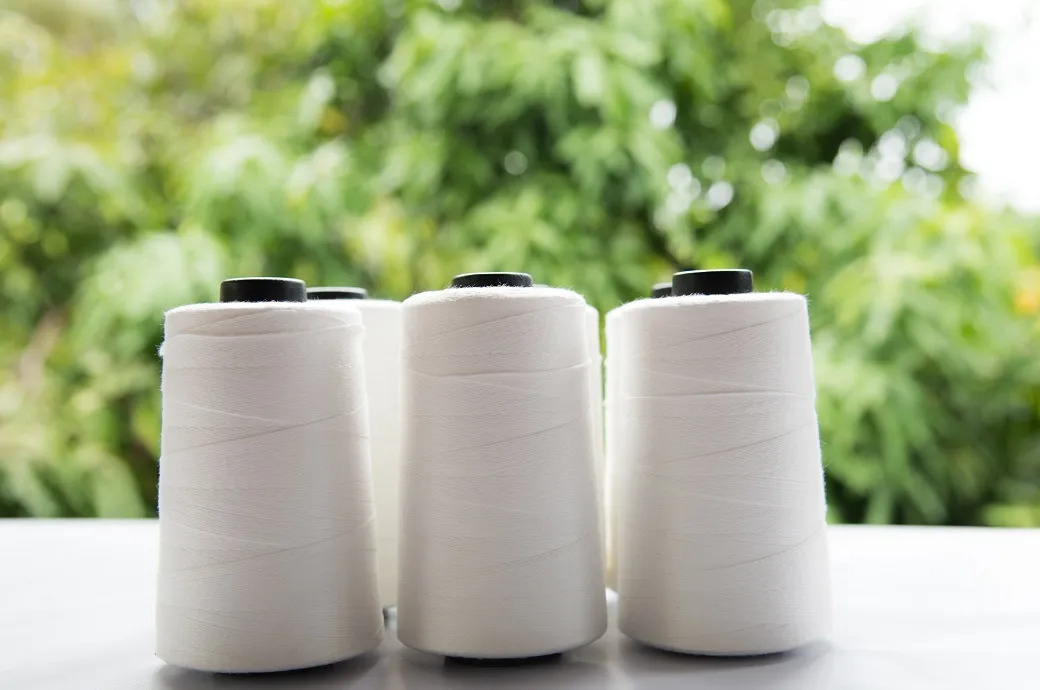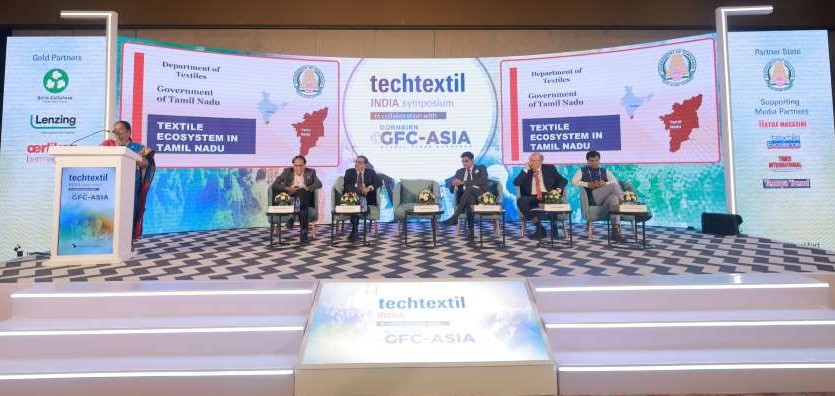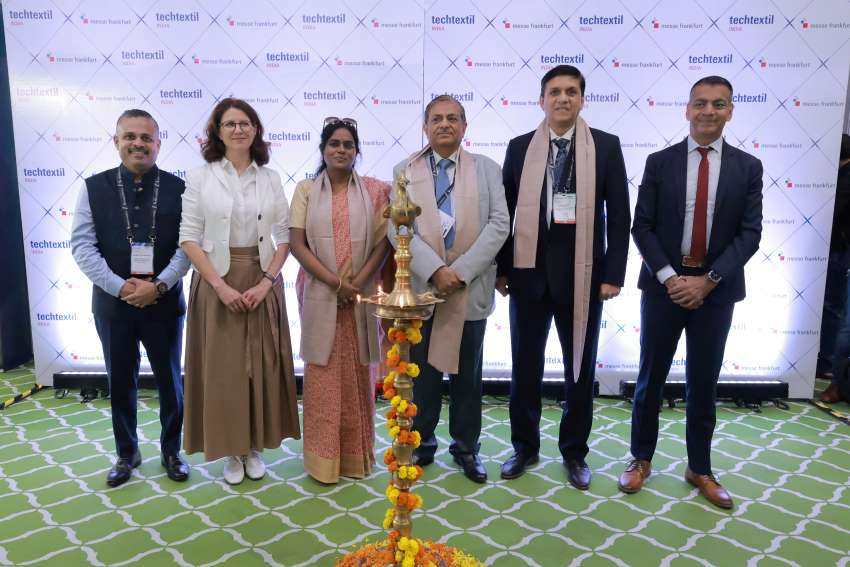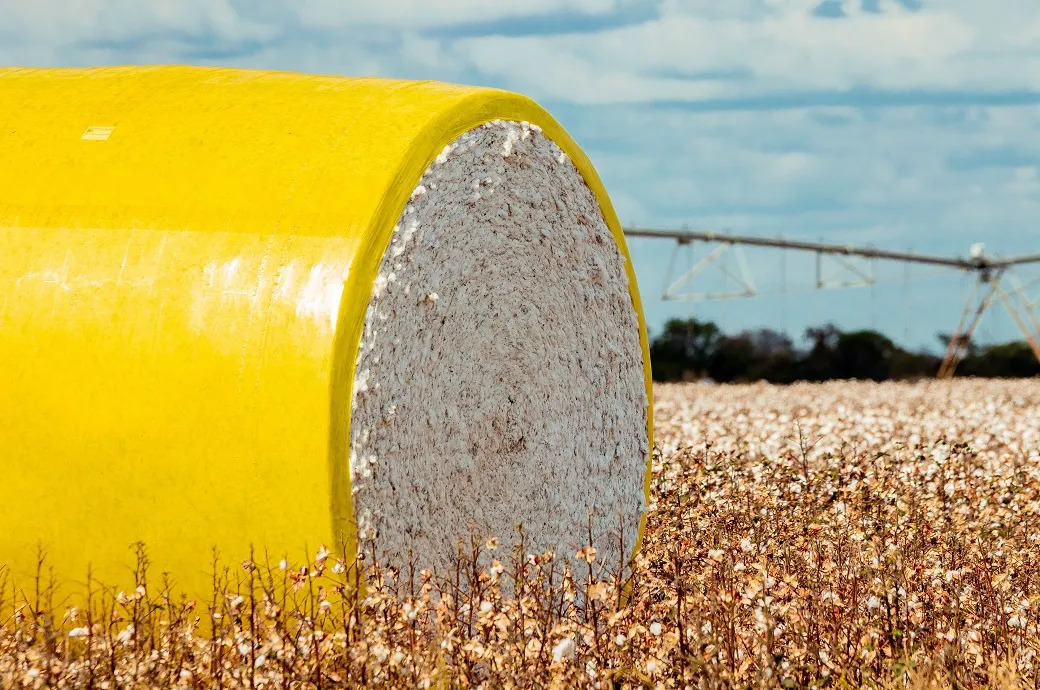FW
Trade between Vietnam and Hong Kong has increased strongly in recent years.It was worth 16.3 billion dollars last year, a year-on-year increase of 16.7 per cent, with Vietnam’s exports accounting for 6.5 billion dollars. Its main export items were electronic and telecom equipment and parts; garments and textiles; footwear; seafood; rice; timber and timber products; and electrical cables.
Vietnam currently is Hong Kong’s ninth largest trading partner. As one of the leading trade and financial centers of the world, Hong Kong is a potential business partner that could also help Vietnamese companies link up with their global counterparts.
Food products, including seafood and vegetables, sell very well in Hong Kong. The island every year imports food worth 20 billion dollars, so a country like Vietnam has opportunities here.
Another opportunity for Vietnam is handicrafts and house ware.
For people in Hong Kong price is just one consideration. Quality is the most important, especially in food.
A delegation of garment and textile firms from Vietnam will visit an upcoming garment and textile fair in Hong Kong to market their products and connect with foreign businesses.
Hong Kong and Asean are negotiating for a free trade agreement, expected to be concluded by the end of this year, which promises to boost trade and investment between the two.
Cotton growers in Tanzania were happy with the POSO ( Point of Service Office) system as it stood as a solution to boosting trade and industrial sectors in the country. So said George Mpanduji, General Secretary, Tanzania Cotton Growers Association (TACOGA) reportedly. The system is already being supported by the government and GODTEC (T) Company Limited.
“We appreciate POSO system under the fifth phase of the government because the system has an objective to revive industries in order to reach the economical modernisation towards middle economy,” he went on to add. He said that through this system that facilitates entrepreneurships, it is obvious that will become a solution also to the cotton producers.
Mpanduji was of the view that TACOGA has been overwhelmed by several steps that have been taken by the current government administration.
Cotton farmers, who hoped of an early monsoon and acted well in advance in sowing the crop, are now in a tight spot as the rains have been playing truant.
It might be noted that except for some isolated rain activity in Warangal district, Andhra Pradesh, the district has mainly remained dry since the last few weeks. This is causing cotton seedlings to wither in large extent of land and has compelled farmers to feed the crop manually carrying water in buckets.
According to the agriculture officials, cotton is sown in around 60,000 acres across the district. Lured by early monsoon forecast and pre-monsoon rain activity, farmers went against the advice of agriculture officials and sowed the crop.
Going by the fact that nearly 50 per cent of 5.31 lakh hectares of cultivable land in the district are rain fed, farmers now have no option but to wait for rains to feed the crops. Here, the cotton crop would normally be taken up in around 2.4 lakh hectares.
Due to the scanty rainfall this month, the crop has been getting affected mainly in mandals like Narsampet, Mahabubabad, Mulug, Wardhannapet, Geesukonda, Sangem, Devaruppula, Narmetta, Maddur, Narsimhulapet and other districts.
Majority of the area, where the crop is already sown, requires re-sowing and this could lead to shortage of seeds as it would be difficult to procure the seeds urgently.
Pakistan’s exports to United Kingdom increased by 32.6 per cent from 2012 to 2014. UK exports to Pakistan fell by 19 per cent from 2012 to 2014.
Pakistan's main exports to the UK are bed linen, textile knitted or crocheted materials, toilet and kitchen linen rice, semi-milled or wholly milled, women’s trousers and shorts, men’s and boys’ shirts and rice husked.
UK's main exports to Pakistan are ferrous waste and scrap, iron and steel, semi diesel engines, artificial staple fibers, viscose, gas turbines, locomotive parts etc.
If the pound's value remains low, it may have two implications. Pakistan’s textile exports may shift to other EU countries without GSP Plus benefits. Second, with a cheaper pound, imports from the UK may increase. A weak euro will also have implications for Pakistani exports.
Pakistan may decide signing a free trade agreement with Britain after the country voted to leave the European Union as GSP Plus benefits may be threatened in the event that the country decides not to accord the same preferences.
In textiles, Pakistan would have to see whether the UK gives it the same access which it gives to competitors like Bangladesh, India, Turkey, China and Vietnam.
The UK could follow the model of Norway or Switzerland which means separate negotiations.
Thanks to soaring production costs in China coupled with a surge in labour wages, Myanmar's garment sector is emerging as the last low-cost production frontier for factory relocation and diversification in South East Asia.
This, along with the difficulty in hiring garment workers and the Chinese government's policy of upgrading its manufacturing sector with a strategic shift towards higher value-added industries, has driven many garment manufacturers in the Pearl River Delta (PRD) to relocate and diversify their factories to South East Asian countries such as Myanmar that have a reasonably good supply of lower-wage labour, according to a report by HKTDC Research.
At a competitive minimum wage of around $90 per month, Myanmar not only has a good supply of low wage labour but trade privileges such as the Generalised System of Preferences (GSP) in the EU, market and strategic location at the China-India intersection make it an increasingly popular among Chinese manufacturing companies, says the report titled 'Myanmar Rising: Opportunities in Asia's Final Production Frontier'.
With the grant of GSP benefits in 2013, the EU has become an increasingly important driver of garment export growth for Myanmar. In 2014, the EU roped in a 23 per cent share of Myanmar's total garment exports. With enhanced prospects of the US further relaxing sanctions and even granting GSP benefits, the Myanmar Garment Manufacturers Association (MGMA) anticipates that its garment sector will experience exponential growth in years ahead thus creating around 1.5 million new jobs from its current level of approximately 250,000 and generating $12 billion in export value by 2020.
Interestingly, Myanmar is a WTO member and its Most Favoured Nation (MFN) status allows it to export at low tariff rates to other member countries. Yet, preferential treatments seem to be more important in driving the growth of Myanmar's garment exports over the past few years. The country also offers lower import tariffs than many of its ASEAN peers, with the average MFN applied tariff at 5.6 per cent in 2013. Generally, the country's low import tariffs on items needed in the manufacturing process help the country keep its production cost-competitive relative to the neighbouring countries.
There has been a major dip in the demand for genetically modified Bt cotton seeds in India this kharif season. The seeds that were introduced by the US multinational Monsanto in 2002 were the mainstay of cotton farming since then.
This year there has been a sharp increase in the use of local varieties of cotton seeds instead of Bt in the northern states.
Bt cotton has resistance against bollworm pest, considered a major risk. But last year pink bollworm infestation was reported in Bt seeds too. This reduced the farmers' confidence.
Till two years ago Maharashtra had a market share of 1.60 crore bags of cotton seeds, of which 96 per cent was Bt. This shrunk to 1.40 crore bags last year. This kharif season it is expected to come down to 1.24 crore bags, almost all of it Bt seeds.
Poor yields and rates to cotton have made farmers turn to other crops like pulses, maize and soyabean.
At one time Bt seeds were available at a premium in the grey market. Now traders are offering them at a discount. As against the official rate of Rs 800 a bag traders, after deducting their margins, are selling it for Rs 750 to Rs 730.
“The global economy is in doldrums which in-turn has affected the growth of the national textile industry.” Minister of Industry, Indonesia Saleh Husin is reported to have said this during his visit to manufacturer brocade PT Sinar Para Taruna in Bandung, West Java. "As we know, the textile industry in the past two years is somewhat stagnant because of the global economic situation is difficult," he added.
And that is the reason why the government continues to undertake policy measures to encourage domestic industries to compete with imported products flooding the domestic market, he continued. He later went to observe that to achieve this, the government couldn’t move on its own, entrepreneurs too must join in.
Although Indonesia has had a stagnant industrial growth, but it still did good enough after a considerable good order from European countries. In 2015, the national textile industry recorded a growth of 5.26% while in this year, the target could be optimized to reach 5.7%.
Later Husin appreciated those at PT Sinar who have been regularly contributing to the growth of the textile industry of the country. He also hoped that the company would continue to carry out new innovations.
It is interesting to note that PT Sinar was launched way back in 1989 and has been occupying an area of the factory in West Bandung regency since 1993. The company currently has two plants with a total staff of about 1,500 people.
The textile industry in Ghana is on the verge of total collapse due to the intensified illegal trade in pirated or smuggled textile fabrics from China and Far East countries.
So textile industry workers in the country are scheduled to hit the streets on July 6, 2016, to draw attention to the problem.
Textile companies have no orders and as of now some have sent about 80 per cent of their workforce home.
ATL, for example, which used to have a workforce of more than 3,000 some few years ago, now has a permanent workforce of 750. There has been shortage of materials at the factory for the past two weeks and this has been the norm for the past two years. The total workforce left at the factory is 250, comprising only the printing section and administration. The weaving and spinning department of the company, totaling about 230 workers, is currently home.
Textile manufacturing in Ghana is an industry consisting of ginneries and textile mills producing batik, wax cloth, fancy printed cloth and Kente cloth. Ghana's textile industry includes vertically integrated mills, horizontal weaving factories and the traditional textile manufacturing firms involved in spinning, hand weaving and fabric processing.
The recent auction initiated by China on reserve cotton to fuel domestic mill demand is set to impact India’s spun yarn production.
The offtake by Chinese mills under the ongoing reserve cotton auctions in China has affected India’s cotton and cotton yarn exports.
In FY 2016, India’s spun yarn production grew at the slowest pace of about 3.2 per cent in the last four years. This slow pace of growth in spun yarn production has been driven by factors like tepid domestic consumption and limited growth in exports.
The Chinese move of cotton reserve auction could also impact margins of Indian spinning mills going ahead.
Given the concerns on yarn export prospects due to the expected improvement in mill use in China, and expectations of firm domestic cotton prices in the near term, under tightened cotton availability, the contribution margins of Indian spinning mills can come under further pressure in the coming quarters.
Despite the sluggish domestic demand, the weakness in the Indian currency during the fourth quarter of 2016 and the resulting improvement in export realisations in rupee terms drove up domestic yarn prices.
The increase in yarn prices was also driven by the impact of firm cotton prices in the backdrop of tightened cotton availability. As the increase in yarn prices was higher than the increase in cotton prices, the average contribution margin in the fourth quarter of 2016 was higher by five per cent on a quarter-on-quarter basis, though lower by roughly one per cent on a year-on-year basis.
Increasing interest of Indian spinning mill owners in Pakistani cotton has accelerated the local market. July will be a very crucial month in connection with cotton as there is an increasing trend in prices in the Indian cotton market. The price of the benchmark Shankar-6 variety of Indian cotton has been further increased by Rs 200 to Rs 40,500.
The remaining stock of old crop is not more than 50,000 bales while expected production for the month of July is 1,10,000 bales so the total available quantity will be 1,60,000 bales against the required quantity of 4,10,000 bales for the month.
The Karachi Cotton Association, however, reduced its spot by Rs 50 to Rs 5,550 per maund.
Prices in both Indian and Pakistani markets are being increased and one can easily assess the future of cotton while keeping in view the increasing trend in its prices.
India is the world’s second largest cotton producer but Indian spinning mill owners are now searching for the commodity in markets all over the world.
On the global front, the referendum regarding the disintegration of the UK from the European Union kept the future deals of the New York cotton market in pressure; however, prices in the Indian cotton market are being increased with each passing day.












